How is Scotts summer fertilizer ??
mike171
16 years ago
Featured Answer
Comments (27)
subywu
16 years agoRelated Professionals
West Milford Landscape Architects & Landscape Designers · Deer Park Landscape Architects & Landscape Designers · Fitchburg Landscape Architects & Landscape Designers · Lowell Landscape Architects & Landscape Designers · Oconomowoc Landscape Architects & Landscape Designers · Towson Landscape Architects & Landscape Designers · Sahuarita Landscape Architects & Landscape Designers · Stoughton Landscape Contractors · Concord Landscape Contractors · Allentown Landscape Contractors · Columbine Landscape Contractors · Longview Landscape Contractors · Vermilion Landscape Contractors · Wilsonville Landscape Contractors · Hawaiian Gardens Landscape Contractorsmorpheuspa (6B/7A, E. PA)
16 years agoquirkyquercus
16 years agocrazy_lawn
16 years agoquirkyquercus
16 years agocrazy_lawn
16 years agoauteck
16 years agobestlawn
16 years agofamdog
16 years agobestlawn
16 years agomike171
16 years agomorpheuspa (6B/7A, E. PA)
16 years agobestlawn
16 years agoskoot_cat
16 years agobestlawn
16 years agobpgreen
16 years agobestlawn
16 years agomorpheuspa (6B/7A, E. PA)
16 years agoskoot_cat
16 years agobestlawn
16 years agoscooterman
16 years agobestlawn
16 years agoscooterman
16 years agoauteck
16 years agobestlawn
16 years agoauteck
16 years ago
Related Stories

GARDENING GUIDESGet on a Composting Kick (Hello, Free Fertilizer!)
Quit shelling out for pricey substitutes that aren’t even as good. Here’s how to give your soil the best while lightening your trash load
Full Story
GARDENING GUIDESCommon Myths That May Be Hurting Your Garden
Discover the truth about fertilizer, soil, staking and more to keep your plants healthy and happy
Full Story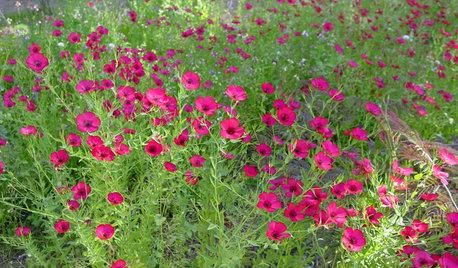
GARDENING GUIDESSouthwest Gardener's August Checklist
Manage monsoon effects, remember to fertilize and don't let the heat deter you from planting for fall
Full Story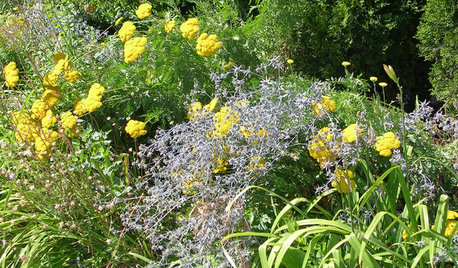
GARDENING GUIDESRocky Mountain Gardener: What to Do in July
Keep the party going all summer long with smart watering methods and fertilizer. Get ready for next year and order bulbs now
Full Story0

GARDENING GUIDES5 Prairie Wildflowers That Can Heal Your Soil
Get free, organic soil fertilizer with nitrogen-pumping plants that draw pollinators too
Full Story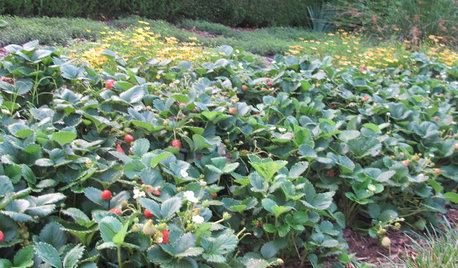
REGIONAL GARDEN GUIDESSoutheast Gardener's September Checklist
Fertilize strawberries, plant a tree or two and beckon hummingbirds to your Southern garden this month
Full Story
GARDENING GUIDESHow to Keep Your Citrus Trees Well Fed and Healthy
Ripe for some citrus fertilizer know-how? This mini guide will help your lemon, orange and grapefruit trees flourish
Full Story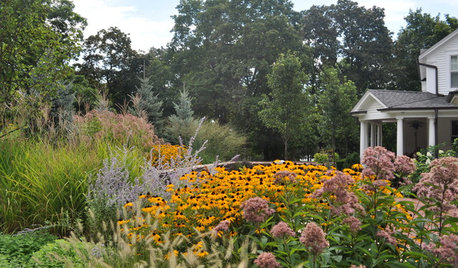
GARDENING GUIDESPacific Northwest Gardener: What to Do in September
Put in cool-weather veggies, fertilize your lawn and tidy the garden this month before chilly weather arrives
Full Story
EDIBLE GARDENSSummer Crop: How to Grow Blueberries
Plant blueberries in spring or fall for garden beauty through three seasons — and a sweet superfood in summer
Full Story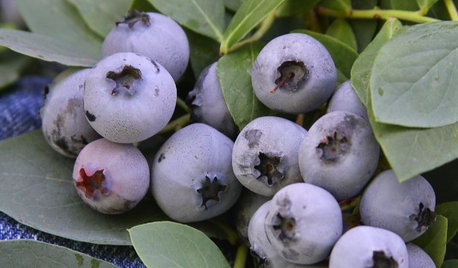
GARDENING GUIDES15 Favorites for Your Summer Edible Garden
Get your summer garden off to a good start with these popular fruits and vegetables
Full StorySponsored
Columbus Design-Build, Kitchen & Bath Remodeling, Historic Renovations
More Discussions








bestlawn